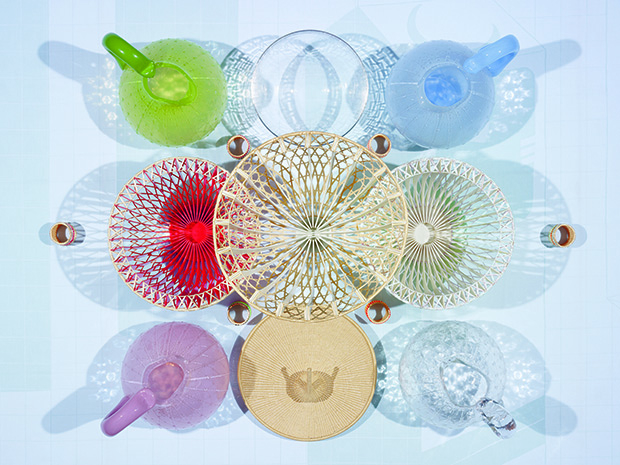
5 ways Scholten & Baijings do it differently
From craftsmanship to prototyping, cars to teapots, here's how these Dutch designers are innovating the industry
The contemporary design duo Stefan Scholten and Carole Baijings are among the most highly sought-after practitioners in their field. You can find out a lot more about them in our forthcoming book, Reproducing Scholten & Baijings. However, if you want to know what brings everyone form BMW to IKEA to call upon their services, read on to find out how Scholten & Baijings design things differently
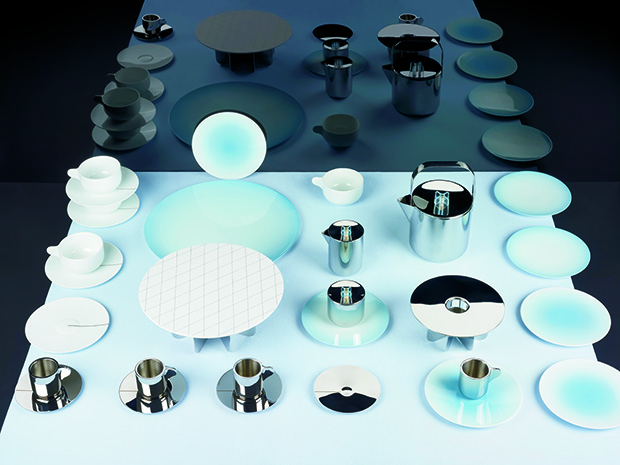
Industry - Who are our modern artisans? “What is craft?” asks Stefan Scholten. “The boundary between industrial and craft production is not clear. Even in a company such as BMW much is made by hand.” It’s a sentiment that Baijings echoes. “Companies have their own professionals, specialists who know exactly what the machines can do and how materials behave under certain conditions,” she says. “We want to use their expertise to the maximum.” When working on their tea and coffee set for Georg Jensen, the designers worked closely with the firm's precision metal worker, ensuring useful design motifs, such as heat-resistant handles, worked as well as subtle design flourishes, like the platinum lustre on the collection’s porcelain teacup.
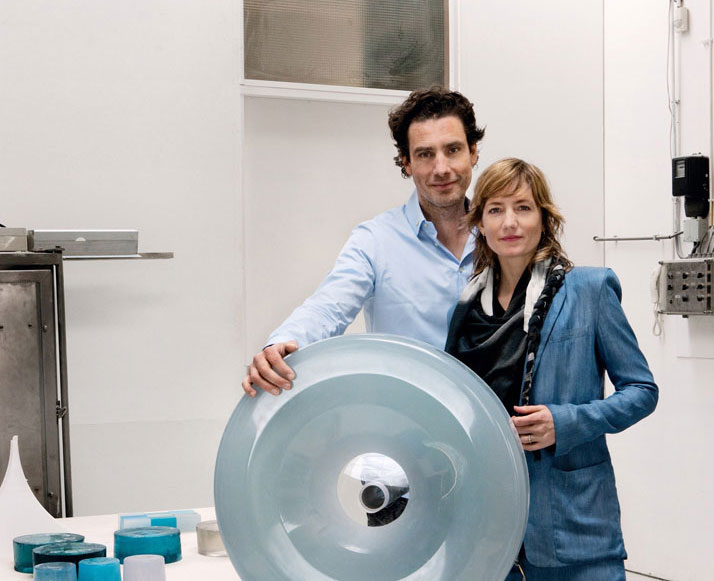
Prototyping - When is a product finished? The idea of a complete product is something of an anathema for these designers. From drawings to cardboard models, computer renderings, photographs to prototypes, Scholten & Baijings put their products through an intense and exhaustive process of research and development. As the graphic designer Joost Grootens, who worked on our new book, explains, “every step in their research paves the way for the next step, but also contains the realisation that this might be the finished product.”
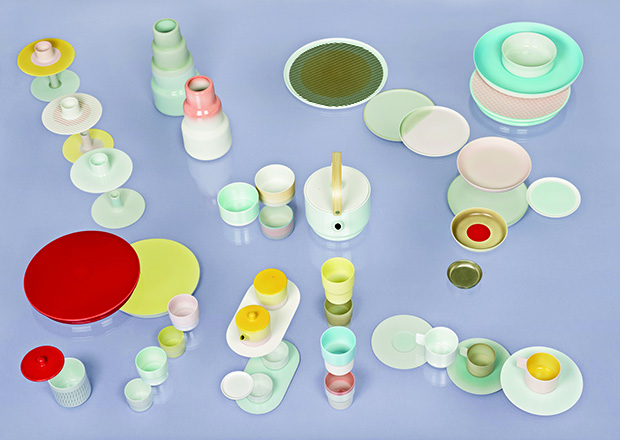
Colour - Integral to the process? “We think in terms of colour,” says Carole Baijings. “It is not an afterthought.” Indeed, the designers’ 2011 exhibition at The Stedelijk Museum 's-Hertogenbosch was even subtitled ‘design in full colour’. In some instances Scholten & Baijings push pigments as far as they can go. For their 2014 Block and Grid commission from the high-end textiles firm Maharam, the firm was asked to design bold colour-blocking upholstery fabric, and experimented both with independent industrial firms and collaborated with Maharam’s own technicians to expand their possible colour range. In other cases, they limit their colour choices to suit both the product and its attendant cultural history. Their Colour Porcelain collection for the Japanese firm 1616/Arita Japan features just a handful of shades - watercolour blue, light green, orange and yellow ochre- each of which were drawn from antique porcelain masterpieces in porcelain Arita’s archives.
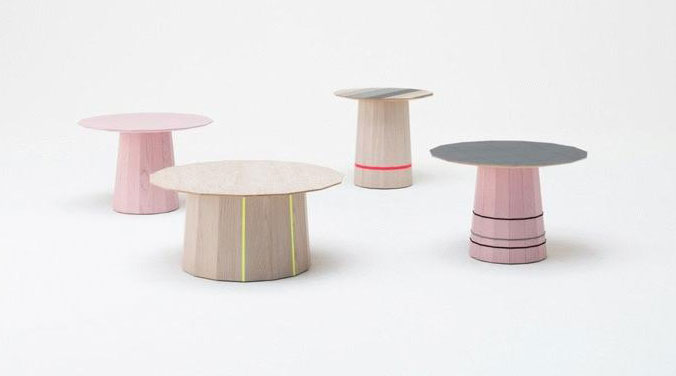
Craft - Where does tradition meet contemporary design? While their products might look thoroughly contemporary Scholten & Baijings pay close attention to traditional crafts, ensuring that their work with a Japanese furniture firm pays heed to East Asian carpentry practices, or their Dot carpet for the Danish manufacturer HAY is formed from hand felted pure wool balls. In doing so, they often work closely with traditional craftsmen and women. The studio’s 2008 Woven Willow table collection, derived its distinct look from the Dutch craft of fijnscheenwerk or fine wicker weave, and the designers worked closely with artisans from the Netherlands’ National Wickerwork Museum, to ensure they faithfully reproduced this pattern.
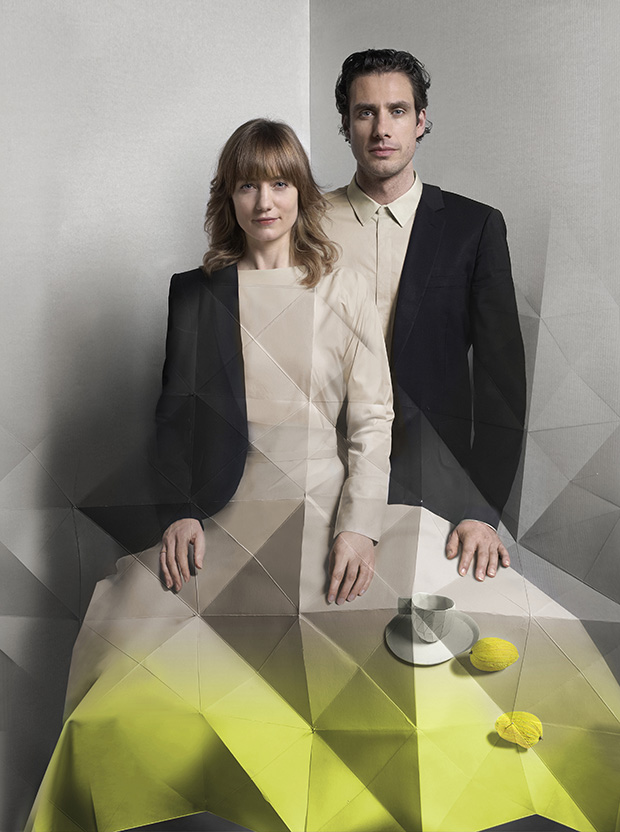
Diversity - The Dutch Muji? Scholten & Baijings might have a recognisable way of working, yet no one would limit them to a single area of industrial design. As Michael Maharam says in our new book, the firm's highly defined aesthetic vocabulary is overlaid across various product types, from cars to sofas, teapots to auditorium chairs. Perhaps it is better, as Maharam suggests, to think of them as “the Dutch Muji on the basis of the universal and useful character of their designs.”
We'll be bringing you more on these two talented designers in the coming weeks. You can get to know Scholtens and Baijings in 5 great products here, and buy our new monograph, Reproducing Scholten & Baijings in our online store.